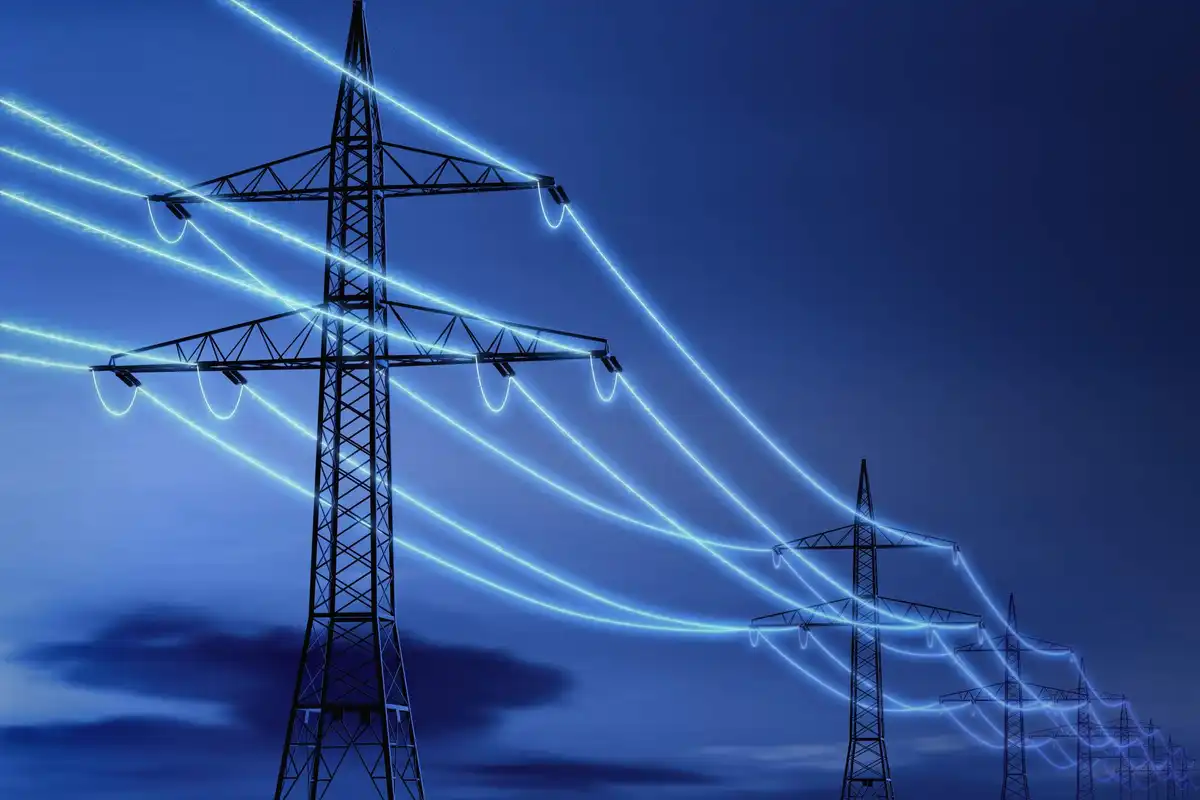Chevron U.S.A., a subsidiary of Houston-based energy company Chevron, has taken its first big step toward establishing a commercial-scale lithium business.
Chevron acquired leaseholds totaling about 125,000 acres in Northeast Texas and southwest Arkansas from TerraVolta Resources and East Texas Natural Resources. The acreage contains a high amount of lithium, which Chevron plans to extract from brines produced from the subsurface.
Lithium-ion batteries are used in an array of technologies, such as smartwatches, e-bikes, pacemakers, and batteries for electric vehicles, according to Chevron. The International Energy Agency estimates lithium demand could grow more than 400 percent by 2040.
“This acquisition represents a strategic investment to support energy manufacturing and expand U.S.-based critical mineral supplies,” Jeff Gustavson, president of Chevron New Energies, said in a news release. “Establishing domestic and resilient lithium supply chains is essential not only to maintaining U.S. energy leadership but also to meeting the growing demand from customers.”
Rania Yacoub, corporate business development manager at Chevron New Energies, said that amid heightening demand, lithium is “one of the world’s most sought-after natural resources.”
“Chevron is looking to help meet that demand and drive U.S. energy competitiveness by sourcing lithium domestically,” Yacoub said.
- Houston researchers make headway on developing low-cost sodium-ion batteries ›
- Houston company's commercial direct lithium extraction plant goes live ›
- Q&A: Chevron's unique clean energy studio role in Houston entrepreneur community ›
- Chevron and partners to develop innovative power plants to support AI-focused data centers ›
- Chevron, TotalEnergies back energy storage startup's $15.8M series A ›








 Air Liquide and Hyundai agreed to expand hydrogen refuelling networks, storage capacity and more at a meeting in Seoul last week. Photo courtesy Air Liquide.
Air Liquide and Hyundai agreed to expand hydrogen refuelling networks, storage capacity and more at a meeting in Seoul last week. Photo courtesy Air Liquide.
